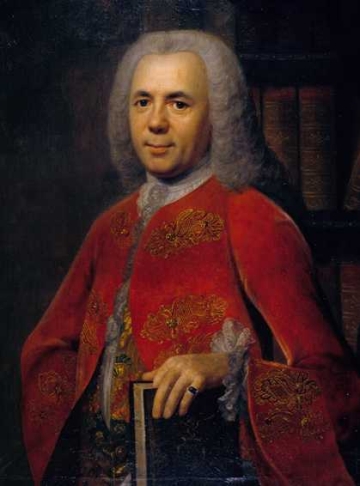Illuminated manuscripts are very beautiful and precious. The digitalisation of those treasures is a big challenge and requires special care and handling. Gold should look like gold, shine and not appear blackish or brownish. To receive that effect we use a sophisticated lighting management. High-end exposure technique, experience and carefulness are keys for a successful digitalisation of illuminated works.
In the summer of 2015 the Harald Fischer Verlag was commissioned with the digitalisation of about 300 arabic manuscripts at the Hungarian Academy of Sciences in Budapest by Brill Publishers Leiden.
The 106 musical manuscripts of the Staats- und Stadtbibliothek Augsburg date from the 13th to the 20th century. A small part of the collection comprises material from the 15th century and early 16th century, which includes 16 manuscripts. There is also material from the period from 1550 until the 30 Years War, with 42 manuscripts. Altogether, 82 manuscripts in the collection originated before 1806, and 38 of them came from the Benedictine Abbey of St. Ulrich and Afra.
The manuscripts created in the late 15th century reflect the ideas brought about by the introduction of the Reform of Melk, which made the revision of liturgical texts and chants necessary. St. Ulrich and Afra ran their own scriptorium, whose renowned members included ... [more]
Christoph Jakob Trew's (1695 – 1769) collection of letters is the largest known collection of letters with an emphasis on medicine and science and one of the largest collections at all in Germany. It contains about 19,000 letters and drafts from 2,200 authors from the 16th till the 18th centuries, amongst them many great minds who are still well known today: polymath pioneers from medicine and its neighbouring sciences such as Ulisse Aldrovandi, Carolus Clusius, Johannes Crato or Conrad Gesner, but also the theologian Johannes Calvin or the poet and natural historian Albrecht von Haller. The views into the history of science of the early modern period offered by the collection are as varied as the addressers and addressees. The contemporary world of ideas of surgery and anatomy, of … [more]

